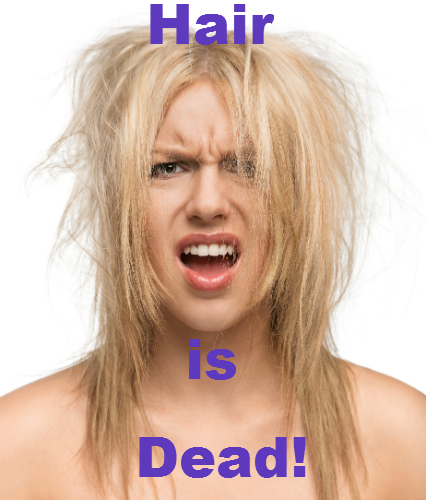Hello Lovelies!
I’d like to start this post with a quote from renowned hair scientist, Dr. Neil Persadsingh:
The appearance of the hair depends largely on the health of the cuticle, the protective sheath of the whole hair.

If you’re on a journey to grow long hair, take this quote to heart. The cuticle layer of human hair is the most important factor in hair growth. Without a healthy cuticle layer, you can expect to never reach your long hair goals. Since hair is dead and it can only be preserved, you must keep the most protective layer of the hair strand (the cuticle layer) intact for as long as possible if you want your hair to reach longer lengths.
The Cuticle Layer – What Is It?
The cuticle layer is one of the three major portions of the hair strand, and its the outermost layer that functions to protect the innermost layers of the hair shaft. Personally, I like to also call the cuticle layer the “style layer” because it’s this layer of the hair that determines how well your hair styles and how it feels, but it is also responsible for allowing moisture to pass into the hair shaft and stay there. If you look at the cuticle layer of the hair under a microscope, it looks very similar to the layout of shingles on a roof. The shingle like structure of the cuticle layer are made up from protein scales within the layer that overlay on top of each other to keep moisture within the hair shaft.
How the Cuticle Layer Functions and Protects the Hair Strand
The cuticle layer consists of protein-based scales that open and close when “activated.” When these scales rise, chemicals and ingredients can pass through the cuticle layer to the control center of the hair strand, the cortex. The cortex determines the hair strand’s color, curl pattern, thickness, and texture. In order for chemical processes, such as hair color or relaxers, to be effective on the hair strand, they have to get past the cuticle layer (think of the cuticle layer as the big brother in large family of kids who protects the younger, more vulnerable kids).
Hair color and relaxers are only able to alter the color or curl pattern and texture of the hair because they have enough strength to raise the hair’s cuticle and reach the hair’s cortex and manipulate it. Hair color has chemicals in it that are specifically designed to raise the cuticle layer and deposit color into the hair’s cortex. Hair relaxers also have special chemicals that raise the hair’s cuticle and break certain bonds in the hair’s cortex that straightens the curl pattern of someone with naturally curly hair.
Once these changes are made to the cortex, they can’t be reversed. We all know that these processes can be quite damaging to the hair, most particularly the hair’s cortex, and once the cortex is damaged, the entire hair strand is pretty much damaged beyond repair. When the cuticle layer is healthy it can help prevent some of this damage, but in some instances, the cuticle layer itself simply can’t withstand to the abuse of strong chemicals, heat, and constant manipulation over an extended period of time. However, the good news is since the cuticle layer can be manipulated, either for the bad or the good, you can learn how to control your cuticle layer and optimize its strength and preservation to grow longer hair.
Difference in Cuticle Layer by Hair Type
All cuticle layers aren’t created the same. In fact, the cuticle layer and how its scales naturally align varies according to hair type. For straight, type 1 hair, the cuticle layer hugs the cortex very tightly and the layer’s scales naturally lay flat. This is why straight hair shines more often and tends to stay moisturized for a longer period of time than any other hair type. For curly hair types, the cuticle layer’s scales are naturally raised and don’t lay flat. As a result, curly hair tends to shine less and doesn’t feel as smooth to the touch. Raised cuticles are also the reason why curly hair tends to look frizzy and tangles easily. If your hair falls in between straight and curly, the alignment of the cuticle layer will depend on how tightly your hair curls or waves. Since curlier hair textures have naturally raised cuticles, it’s important that people with highly textured hair take extra care to preserve their hair’s cuticle.
As you all know, I think chemically processed hair, relaxed or color treated hair is its own hair type because the hair’s structure is permanently altered, and the cuticle is even more naturally raised than curly hair; it’s practically wide open, and in some instances the cortex is pretty darn close to being completely exposed. So if you have chemically processed hair, you have to go the extra mile and use special hair care products to close your hair’s cuticle layer.
People with curly or highly textured hair or chemically processed hair often suffer from something known as high porosity. Since the cuticle layer is naturally raised and often hard to close without special hair care practices, the hair has a hard time absorbing moisture and keeping moisture in because the cuticle acts as a revolving door.
How to Optimize Your Hair’s Cuticle Layer
Closing or sealing the cuticle layer is the number one way to control the cuticle layer and ultimately control the condition of your hair. A cuticle layer that is properly closed or sealed keeps moisture in the hair shaft for a longer period of time, so the hair is much more flexible, soft, manageable, and less prone to breakage. So how do we make sure that the hair’s cuticle layer is properly sealed and retains moisture? Well there are two ways.
pH Balancing for a Healthy Cuticle Layer
The cuticle layer opens and closes or reacts to the pH in substances we use on our hair, including water. Hair has a “happy pH” it likes to be at, between a range of 4 to 5.5, and it’s within this happy pH range that the cuticle layer is able to remain closed. On the other end, when the cuticle layer comes into contact with substances that are outside of this happy pH range, it reacts by opening or raising its scales. Every substance you put on your hair has a pH level, and your hair will react to that pH level by lifting or closing the cuticle layer.
For healthy, strong hair that grows long, we want to close the cuticle as much as possible, therefore we must use slightly acidic hair products on our hair. From your shampoo to your conditioner to your styling aid, most of your hair products should be within the 4 to 5.5 pH range in order to preserve the health of your hair’s cuticle. Now most hair product manufacturers don’t print the pH of their products on the label, so we have to test the pH of the products we use on our hair to make sure they’re suitable. For more info on pH balancing and how to test the pH level of your hair products, click here. If you have curly or highly textured hair or hair that is chemically treated, pH balancing is the best way to close and protect your hair’s cuticle layer.
Using Heat for a Healthy Cuticle Layer
Heat is the second way to activate the cuticle layer and lock in moisture. Heat is able to lift a stubborn cuticle layer and allow the hair to receive moisture. Now all types of heat aren’t acceptable when it comes to obtaining a healthy cuticle. Heat from the sun or direct heat from styling tools, such as a handheld blow dryer or a curling iron, are usually not good for the cuticle layer, or at least getting it to open up to receive moisture. The types of heat we want to use are mild, indirect forms of heat, such as a hot towel wrapped around the head or a hair steamer or hooded dryer.
The mild, indirect forms of heat should be used when you’re deep conditioning the hair. We use the heat to lift the cuticle so that as much moisture from the deep conditioner can penetrate the hair shaft as possible. At the same time, the deep conditioner you use should still be within the happy hair pH range of 4 to 5.5. This way when the hair absorbs as many nutrients as it can, the cuticle will close or seal when the deep conditioner is washed away.
How to Repair a Damaged Cuticle Layer
When you think about all of the things that the cuticle layer does and protects, you have to admit it’s pretty tough to be perhaps the thinnest and most overworked layer of the human hair strand. The thing that gives the cuticle layer its remarkable strength is protein. The scales of the cuticle layer are made up from a special protein called keratin. Keratin is fibrous, high-sulfur protein found in hair, skin, and nails. Now keratin does indeed give such delicate things such as hair and nails strength, but that doesn’t mean that it can’t be damaged.
When we submit our hair to constant abuse via overuse of chemical processes, endless heat styling or aggressive styling and grooming, we’re slowly but surely chipping away at the scales in the hair’s cuticle layer. When these scales eventually break off completely, the hair strand is left with holes and gaps that makes the hair more susceptible to split ends and other nonreversible damage; in the hair care world, this is common referred to as porous hair. All hair is naturally porous, but when the hair has too low of a porosity or too high of a porosity, it can make managing the hair and growing it long a bit more of a challenge (check out this infographic for more information on hair porosity).
Protein treatments are the number one way to remedy the holes and gaps in overly porous hair and mitigate further damage. When protein treatments are applied to hair that has a damaged cuticle layer, protein deposits will fill in the gaps and missing sections in the cuticle layer to counteract the damage the hair strand has already sustained. While protein treatments will give you the illusion of smoother and stronger hair, it’s just that, an illusion. Damaged hair that’s treated with protein is still damaged, and the effect from protein treatments are temporary. Most protein treatments will wash away within one to a few cleansing sessions; similar to most other hair products.
What protein treatments will do is prevent your hair from sustaining further damage and allow hair that is somewhat damaged to grow longer. In order to experience optimal benefits from protein treatments, you must apply them to your hair on a continual basis to ensure that your hair maintains a protective sheath around of the hair strand. However, the key to strengthening a damaged cuticle layer with protein and turning your damaged hair around is finding the proper balance between protein and moisture for your hair. For more on the hair’s protein/moisture balance, read this post.
So there you have it! The key to growing longer hair and reaching your long hair goals is pampering and outright nurturing the cuticle layer. The good thing is that preserving the cuticle is fairly simple, and it’s often the simplest hair care practices that will give us the long, luscious locks we desire.
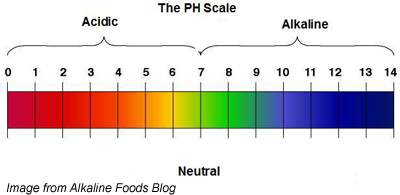
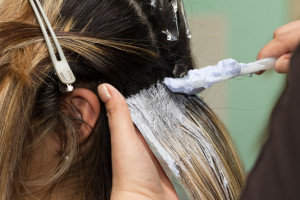 Many chemical processes like hair color and relaxers are alkaline in nature, meaning they have a high pH and will cause the hair shaft to swell. This is why people who color and relax their hair have to use special shampoos and other hair care products to counteract the high pH of the chemical processes they use; it’s to keep the cuticle closed and prevent the hair from becoming porous. The number one way to do this is via pH balancing, which is also known as sealing the cuticle.
Many chemical processes like hair color and relaxers are alkaline in nature, meaning they have a high pH and will cause the hair shaft to swell. This is why people who color and relax their hair have to use special shampoos and other hair care products to counteract the high pH of the chemical processes they use; it’s to keep the cuticle closed and prevent the hair from becoming porous. The number one way to do this is via pH balancing, which is also known as sealing the cuticle.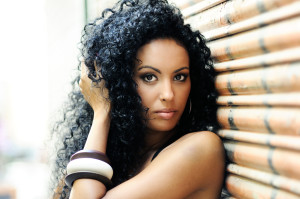 If your hair is curly or highly textured, you need pH balancing more than any other hair type. Sebum, the oil that our scalps produce, has a pH that falls within the happy range of 4 to 5.5. As you know, the curls and kinks found in certain hair textures makes it difficult for sebum to reach the full length of the hair, unlike straighter
If your hair is curly or highly textured, you need pH balancing more than any other hair type. Sebum, the oil that our scalps produce, has a pH that falls within the happy range of 4 to 5.5. As you know, the curls and kinks found in certain hair textures makes it difficult for sebum to reach the full length of the hair, unlike straighter 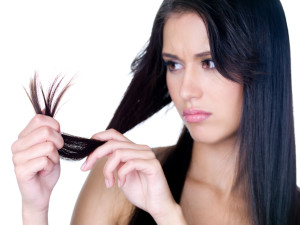
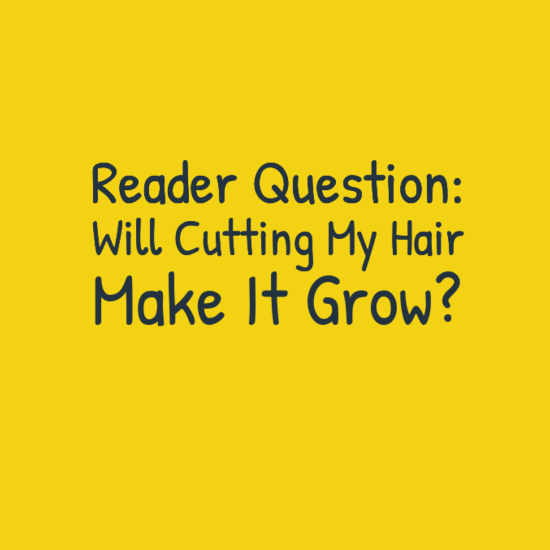
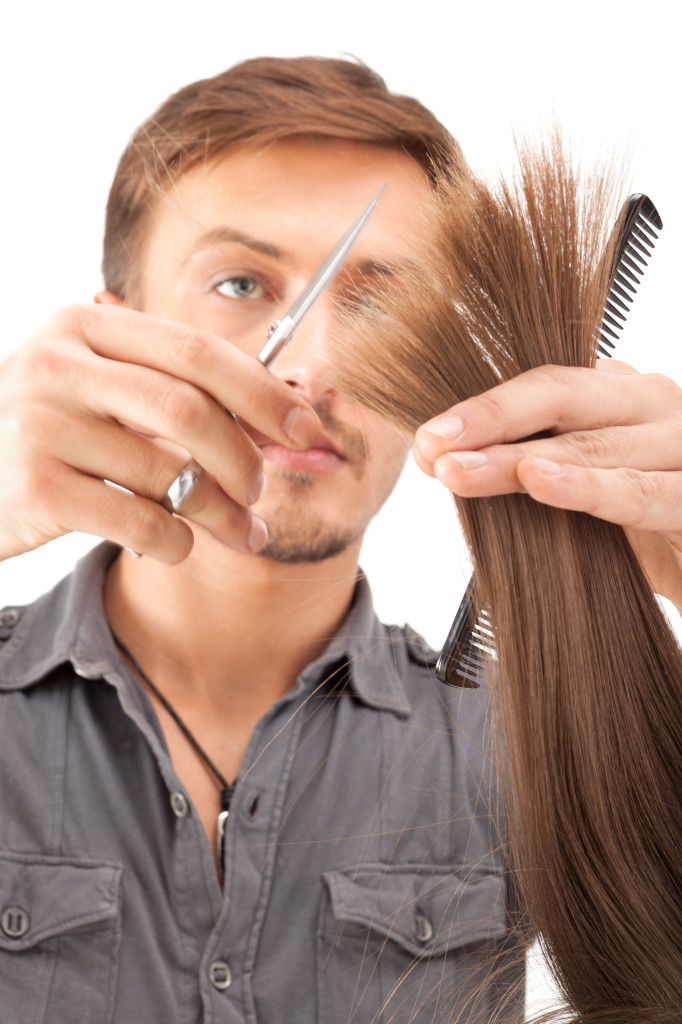
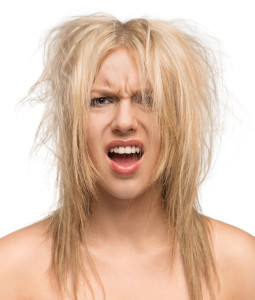
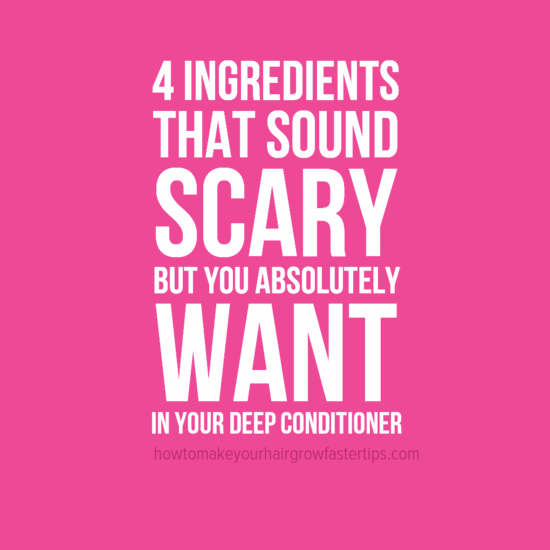
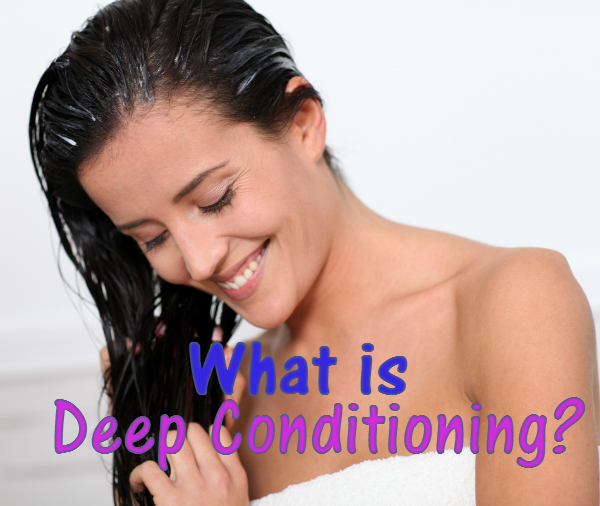
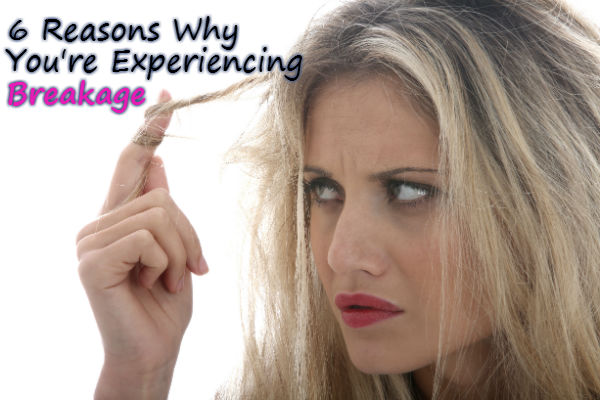
 January: Continue with regular hair regimen
January: Continue with regular hair regimen